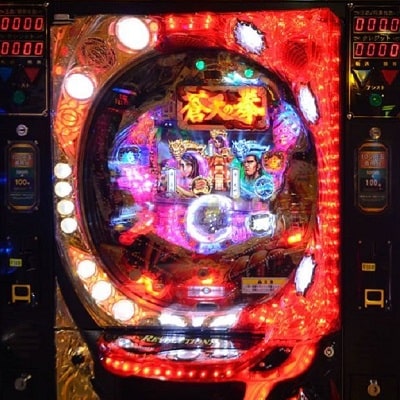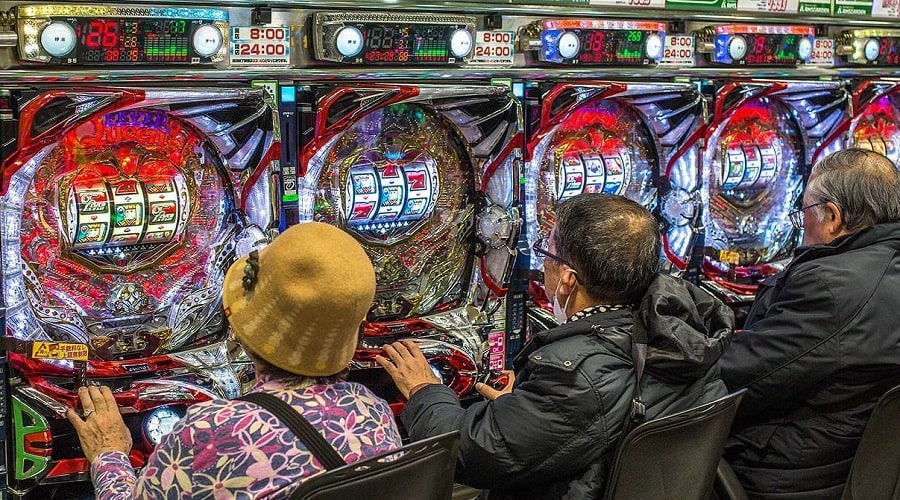
Pachinko – the secret of the incredible popularity of the Japanese game
Pachinko, which is widely popular in its native country Japan, has continued to spread with success in a number of other countries around the world. The game has undergone a number of changes over its long history, which have allowed it to successfully enter the modern mainstream and continue to exist within the current legal framework.
History of the origin and development of pachinko slot machines
In the first half of the twentieth century, the first pachinko slot machines started to appear in Japan – the game was mechanised at the time, with electricity being used only for visual lighting effects.
The game’s functionality is much like pinball – the same rolling balls that the player buys and launches into the machine, a maze of obstacles through which the balls pass successfully (and not very successfully). The winning balls are those that fall into certain wells. The game does not stop there – you can get more balls to continue the game thanks to the winning balls. The slot machine is located in the centre of the game and when certain combinations are matched, the player becomes the winner.
Over the years, the creators of the machine have made the trajectories of the balls as unpredictable as possible, causing players to try their luck again.

Profits from pachinko games
Two hundred billion dollars a year is the estimated amount of money that Japanese players spend on slot machines. That’s an order of magnitude more than Las Vegas casino revenues, even though the number of gaming parlours in Japan has now declined markedly.
As of 2018, the order of operation of slot machines has changed slightly. It would seem that the bill to legalise casinos and gambling in particular was supposed to make life easier for businessmen in the pachinko industry. However, the government felt that slot machines were not covered by the bill, as the games caused a certain kind of gambling addiction.
The way out was not easy – the legislation prohibits slot machines that bring the player winnings in the form of money; accordingly, cash winnings in pachinko were abolished, or rather replaced by tokens, which can be exchanged for any goods in certain shops (most often owned by the owners of the same machines).
The gambling zones in France and the attempt to introduce pachinko in Mant la Jolie planned by Japan are located nearby, making competition almost inevitable. Success depends entirely on the level of service development, cost and quality of play.
In France, pachinko machines, for whatever reason, have not gained the same frenzied popularity as in other countries.
